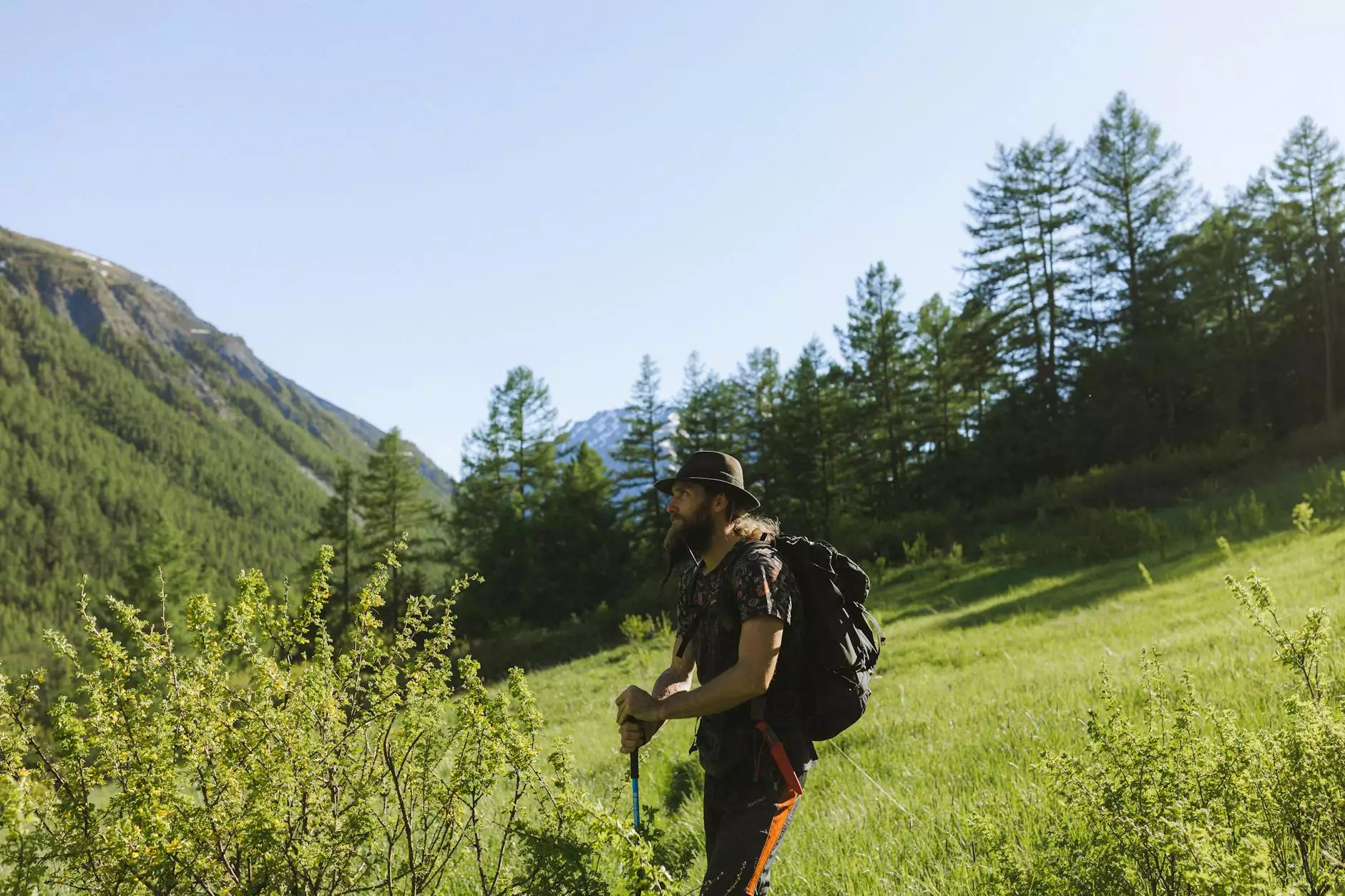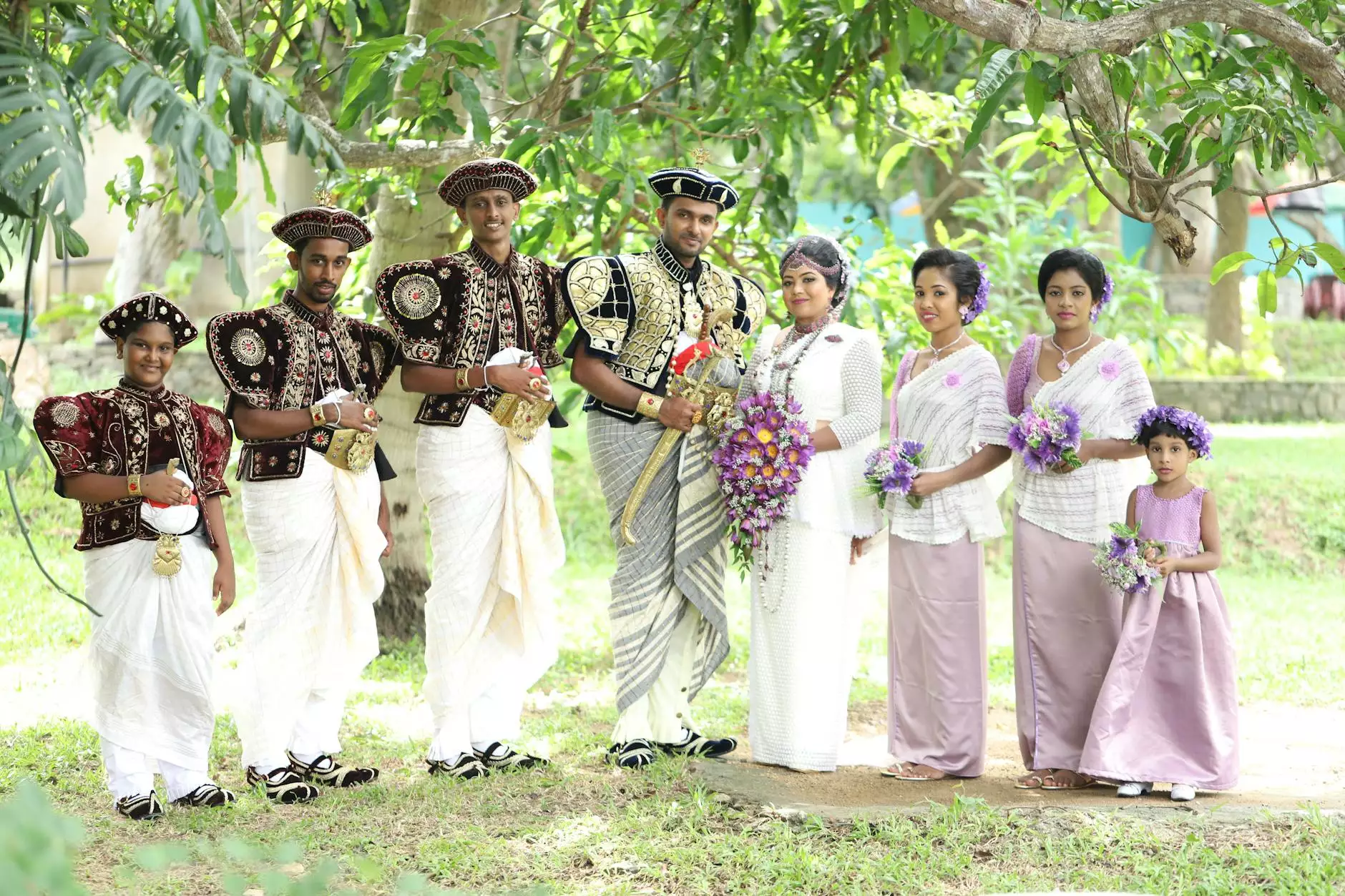Understanding the Manaslu Trek Difficulty: A Comprehensive Guide

The Manaslu Trek is one of the most breathtaking and challenging trekking routes in the world. Nestled in the heart of the Nepalese Himalayas, this trek offers incredible views of the Manaslu Mountain, the eighth highest peak in the world, along with rich cultural experiences and diverse landscapes. However, many aspiring trekkers are often concerned about the difficulty level of this adventure. In this guide, we’ll delve into the intricacies of the Manaslu Trek difficulty, helping you prepare adequately for this unforgettable experience.
What is the Manaslu Trek?
The Manaslu Trek is a long-distance trekking route that traverses the Manaslu Conservation Area, a region known for its spectacular mountain scenery, rich biodiversity, and vibrant local culture. The trek typically spans around 177 kilometers (110 miles) and takes about 12-14 days to complete, depending on your pace and route choices.
Why Trek Manaslu?
This trek offers a unique blend of stunning natural beauty and cultural richness. From ancient monasteries and traditional villages to towering snow-capped peaks, the Manaslu Trek immerses you in an awe-inspiring environment. It is less crowded compared to its famous counterparts, such as the Everest Base Camp Trek, allowing trekkers to enjoy a more tranquil experience in nature.
Assessing the Manaslu Trek Difficulty
Determining the difficulty level of the Manaslu Trek is essential for effective preparation. The trek can be characterized by various factors that collectively affect its difficulty:
1. Altitude
The maximum altitude reached on the Manaslu Trek is around 5,160 meters (16,925 feet) at the Larkya La Pass. Altitude sickness is a significant concern and can set in quickly. It's crucial to ascend slowly and allow time for acclimatization. Trekkers should spend extra days at altitudes above 3,500 meters (11,482 feet) to minimize the risk. Symptoms of altitude sickness include headaches, nausea, and dizziness.
2. Length and Duration
The total trek takes about 12-14 days to complete, with several hours of walking each day. On average, trekkers cover 15-20 kilometers (9-12 miles) daily. The longer duration can lead to fatigue, especially at higher altitudes.
3. Trail Conditions
The trail presents a mix of well-marked paths, rocky surfaces, and steep ascents and descents. Trekkers must navigate through narrow paths, densely forested areas, and sheer cliffs. Rain and landslides can sometimes affect the trail conditions, making trekking more challenging.
4. Weather Conditions
The weather in the Manaslu region can be unpredictable, primarily influenced by the altitude. The best time to trek is during the spring (March to May) and autumn (September to November) seasons, when the weather is typically stable. However, be prepared for sudden changes in weather, including rain or snowfall.
5. Physical Fitness
A good level of physical fitness is crucial for successfully completing the trek. Trekkers should engage in regular cardio workouts, strength training, and endurance exercises leading up to their journey. Activities like hiking, jogging, or cycling can elevate your stamina and prepare your body for the demanding trails.
Planning Your Manaslu Trek
Preparation is key to ensuring a successful and enjoyable Manaslu Trek experience. Here are some essential steps you should take:
1. Choose the Right Trekking Season
- Spring (March to May): Nature blooms, and views are crystal clear, making it ideal for trekking.
- Autumn (September to November): Stable weather conditions and visibility are optimal during this time.
- Avoid the Monsoon (June to August): Heavy rainfall may lead to landslides and muddy trails.
2. Obtain the Necessary Permits
To trek in the Manaslu region, trekkers need two essential permits:
- Manaslu Conservation Area Permit (MCAP): This protects the region's ecology.
- Trekkers' Information Management System (TIMS) Card: This ensures the safety and security of trekkers in the area.
3. Hire a Reliable Guide or Porter
Hiring a knowledgeable local guide or porter is highly recommended, especially for first-time trekkers. A guide can provide invaluable insights about the terrain, culture, and ensure you stay on the right path. Moreover, porters can help carry your gear, allowing you to focus on enjoying the trek.
4. Pack Wisely
Choose a lightweight backpack and pack only the essentials. Include the following items:
- Clothing: Layered clothing to adapt to temperature changes, including thermal wear, waterproof jackets, and trekking pants.
- Footwear: Sturdy and comfortable trekking boots.
- Safety Gear: First aid kit, altitude sickness medication, and water purification tablets.
- Food and Hydration: Energy-boosting snacks and a reusable water bottle.
5. Preparing for Altitude
As altitude can pose one of the greatest challenges on the Manaslu Trek, a gradual ascent and proper acclimatization are crucial. Consider the following:
- Take your ascent slowly, allowing your body time to adjust.
- Stay hydrated by drinking plenty of water.
- Recognize the signs of altitude sickness and descend immediately if symptoms persist.
What to Expect Along the Manaslu Trek
Throughout the trek, you'll encounter a variety of stunning landscapes and delightful cultural experiences that make the journey so rewarding:
1. Scenic Views
The trek offers breathtaking views of towering peaks, including Manaslu, Ganesh Himal, and numerous other prominent summits. Keep your camera ready to capture the stunning vistas, especially while crossing high passes.
2. Cultural Encounters
You will have the opportunity to mingle with the friendly Gurung and Tibetan communities. Visiting local monasteries, such as Pungyen Monastery, provides cultural insight and spiritual experience.
3. Diverse Flora and Fauna
The Manaslu Conservation Area is home to diverse wildlife, including blue sheep, Musk deer, and various bird species. Trekking through lush forests and rhododendron blooms enhances the scenic beauty of the trail.
Safety Tips for the Manaslu Trek
Ensuring your safety on the Manaslu Trek is paramount. Consider the following precautions:
- Stay Informed: Keep track of weather forecasts and trail conditions.
- Respect Local Customs: Be respectful towards local traditions and practices.
- Travel Insurance: Consider obtaining comprehensive travel insurance that covers high-altitude trekking.
Conclusion
The Manaslu Trek difficulty is variable and depends on numerous factors including altitude, physical fitness, trail conditions, and weather. With proper preparation and awareness, trekkers of varying experience levels can successfully navigate this captivating journey. From stunning landscapes to rich cultural encounters, the Manaslu Trek promises an adventure of a lifetime. Get ready to lace up your trekking boots and embrace the beauty of the Himalayas with Himalayan Dream Team!









